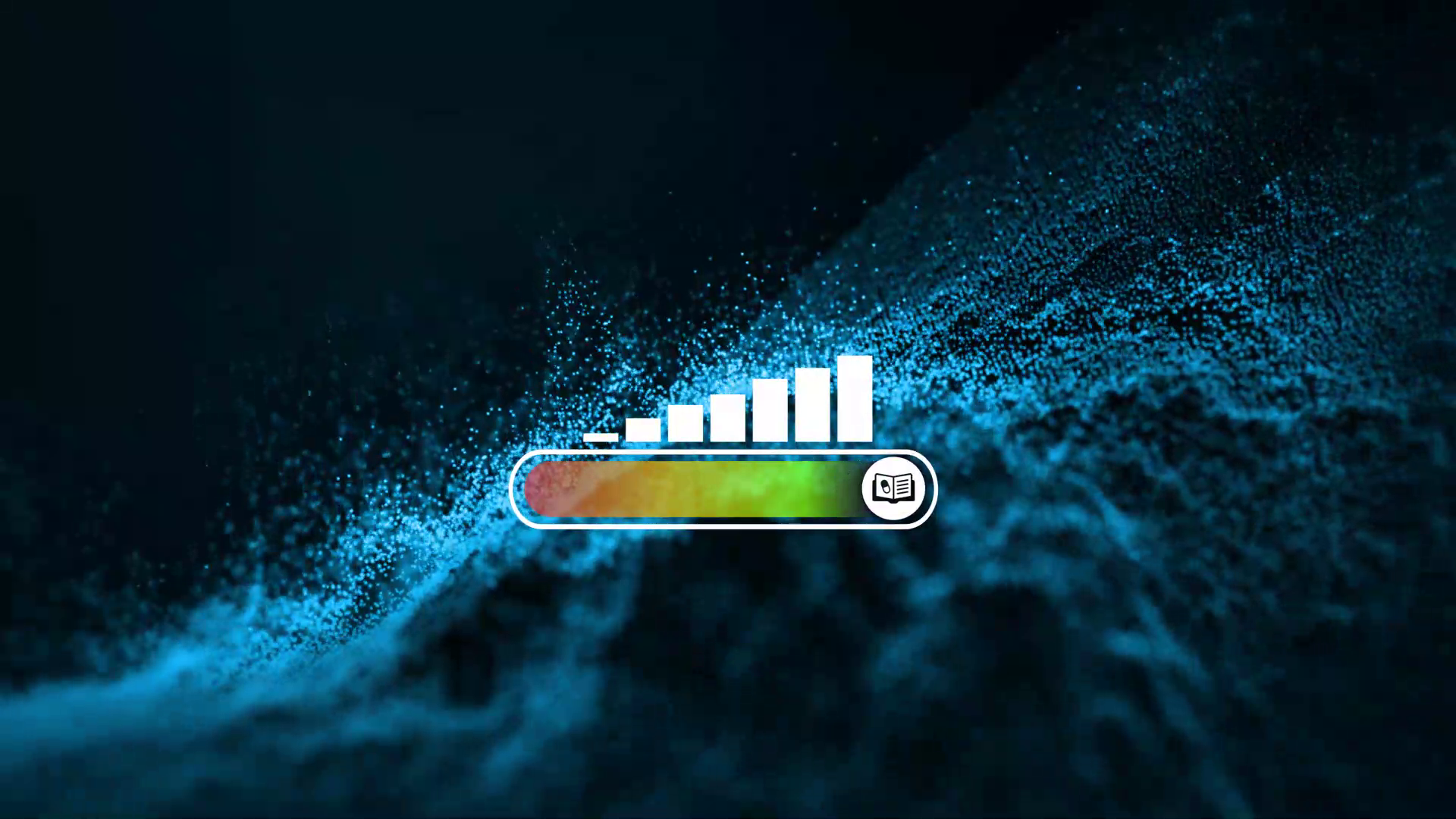Rare is many, rare is strong, rare is proud
Jelena lives in Serbia, Wafic in Lebanon and Tschepiso in Zimbabwe: their lives and languages may be different, but they share the challenge of having been diagnosed with a rare disease. This year’s Rare Disease Day focuses on the commonality faced by diverse patients with rare diseases.1 While their symptoms, conditions and routes to diagnosis and treatment may vary significantly, the obstacles these patients face, and the coping mechanisms they develop, make them an inspiration to us all.
Rare diseases remain a challenge for patients, caregivers, physicians, and healthcare systems. The average time to diagnosis of a rare disease is 4.8 years. Patients are often sent from specialist to specialist, seeing on average 7.3 physicians before the correct diagnosis is made.
Receiving a new diagnosis can be a worrying and isolating time for both patients and caregivers. Equally, the life-long battle that follows may leave patients feeling disconnected and alone. It is unlikely that there will be information and support groups available. To make things worse, knowledge about rare diseases is so limited that a patient’s primary care physician may not have heard of many rare conditions. This can add to the sense of isolation as even information on the internet can be sparse and hard to find.
The rare disease conundrum
With thousands of different rare diseases, it may seem impossible to cater for so many individual needs. Yet, there are universal challenges faced by those living with a rare disease:
- The lack of scientific knowledge and medical information on rare diseases often results in diagnostic delays
- The need for specialist healthcare often results in heavy social and financial burdens on patients and their families. This can lead to inequalities and difficulties in access to treatment and care.
- Owing to the diversity of disorders and relatively common symptoms which can mask underlying rare diseases, initial misdiagnosis is common. Symptoms can differ from patient to patient as well as from disease to disease
Together we are stronger! International collaborations help overcome these challenges
In conditions, in which knowledge about etiologies, symptoms and possible treatment strategies are sparse, networking knowledge at a global level is vital:
- Sharing patient stories to network symptoms, strategies to obtain diagnosis and treatment as well as coping strategies will help patients seek out experts and support networks
- Research and expertise sharing at an international level to ensure that experts, researchers, and clinicians are connected worldwide
- International collaboration is essential to bring expert knowledge to HCPs – from GPs and nurses to specialists
- Each disease is rare, but as a community of 300 million there is the possibility to find transferable learnings (e.g. in diagnostic assessment and treatment protocols, referrals, information sharing, support groups, advocacy, databases)
This is the strength of the Rare Disease Day initiative, a globally coordinated movement, that works towards equity in social opportunity, healthcare, and access to diagnosis and therapies for people living with a rare disease. EURORDIS’ approach of focusing on the commonalities instead of the differences of rare disease patients brings hope, information and connectivity to patients, caregivers, and HCPs alike. Its message is an inspiration: ‘You are not alone. Reach out, connect.’
If you are working in the rare disease field and are interested in tailoring networking solutions and educational materials to ease the challenges faced by those living with a rare disease, please contact us at info@infill.com









